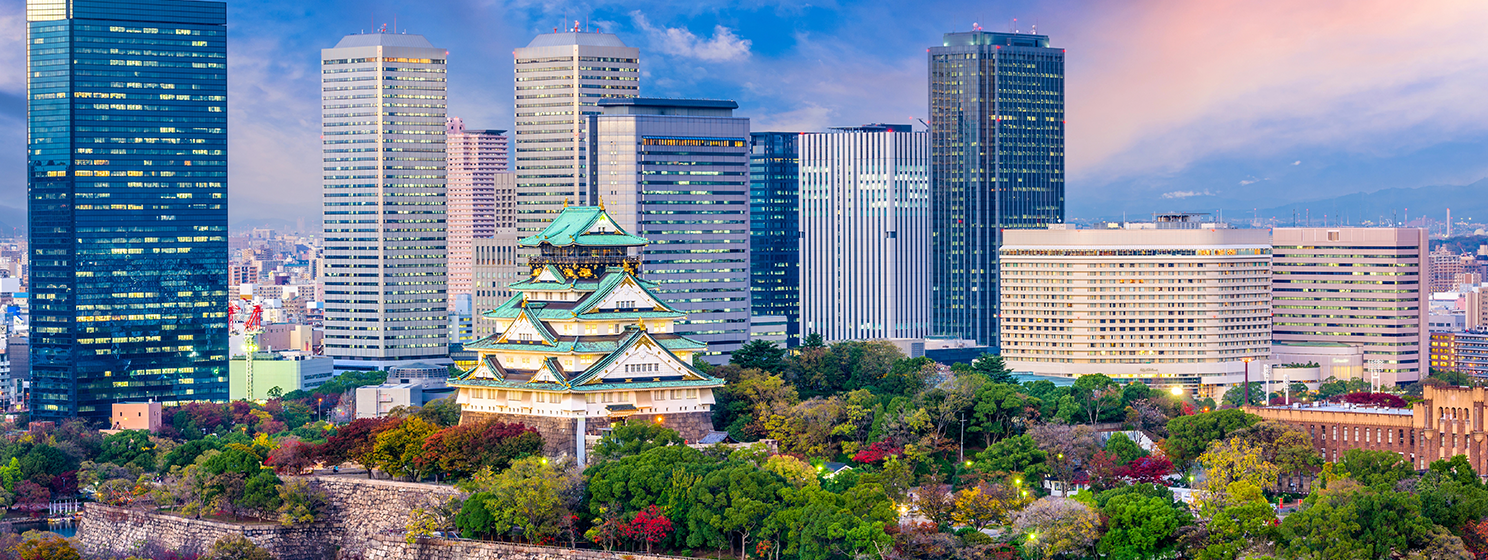The much-anticipated 2024 BRICS summit is set to take place between October 22 and 24 in Kazan, Russia.
As the event draws near, speculation about the details of the much-touted BRICS digital currency and payments network is rife.
So far, details have been sparse, but the Deputy Chairman of the State Duma, Alexander Babakov, dropped a hint in late September. The Russian higher-up told Ria Novosti newspaper that BRICS could use blockchain technology and digital currencies for inter-bloc settlement.
Babakov said a BRICS payment system was the “key to economic sovereignty and independence.” While hints about the use of blockchain and digital currencies have been dropped before, the timing of Babakov’s recent comments suggests there could be much more to the rumors than mere speculation.
What is driving BRICS to de-dollarize?
The search for alternative payment systems and the quest to de-dollarize began when the United States placed hundreds of sanctions on Russia after it invaded Ukraine. After losing $300 billion in reserve assets, Russia quickly became the most sanctioned country on earth, although its economy is still growing in terms of purchasing power parity.
Aside from Russia’s woes, former U.S. President Donald Trump‘s trade war with China and the ongoing tit-for-tat tariffs between China and the European Union have intensified BRICS’ economic independence plans. It appears that, once again, the world is separating into separate economic spheres, and mistrust between them is growing.
However, de-dollarization won’t happen overnight. China still holds $3.28 trillion in reserves and $767.4 billion of U.S. Treasury securities. And while Mexico became the United States’ biggest trading partner in 2023, China still does $575 billion in trade with America annually.
Despite this, BRICS internal settlements in its national currencies surpassed those in USD in September 2024. Regardless of how slowly it happens, de-dollarization is the aim and is happening gradually but inevitably.
How blockchain tech can enable peer-to-peer settlements
Projects like mBridge have already shown how blockchain and tokenized currencies can dramatically speed up settlements between central banks. While Russia isn’t permitted to be part of such systems as long as U.S. sanctions remain in place, the concept has been proven, and BRICS can create a similar system.
How might blockchain tech play a role? They can make peer-to-peer payments between entities of any kind possible for tiny fees. While BRICS trade balances only need to be settled periodically, blockchains and digital currencies could make settlement possible in real-time.
The purported BRICS system is part of a larger trend utilizing blockchains, digital ledgers, tokenized currencies, and CBDCs to shake the existing financial infrastructure and order. While nations and corporations may still choose not to do business with Russia in fear of secondary sanctions, such a system would make inter-BRICS payments much more efficient, less expensive, and resistant to third-party interference.
Will the new BRICS currency and payment system be revealed in Kazan later in October? If Alexander Babakovs’ comments are anything to go by, something is cooking, and we may get to taste it soon.
Watch: Revolutionizing everyday life with blockchain

 01-18-2026
01-18-2026 




